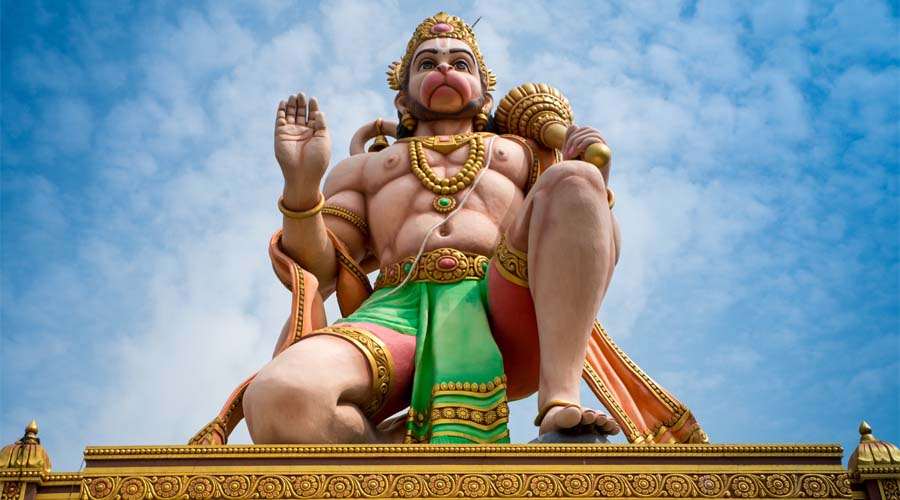Perched atop the serene Mundeshwari Hills near Kaura village in the Kaimur district of Bihar, the Mundeshwari Devi Temple stands as a magnificent testament to India’s ancient spiritual heritage. Believed to be among the oldest functional Hindu temples in the world, this temple embodies the essence of India’s early religious and architectural traditions, dating back possibly as far as the 4th century CE, with some inscriptions pointing to as early as 108 CE. Its remarkable longevity, unique architectural design, and continuous worship make it an unparalleled monument in India’s rich temple landscape.
Historical Significance and Origin
Mundeshwari Temple is dedicated to the worship of goddess Mundeshwari, considered a form of Shakti or Mahishasuramardini, and Lord Shiva, represented by a distinctive four-faced (Chaturmukha) Shivalinga placed in the temple’s sanctum. The temple’s history is embedded in various inscriptions found on site, including one dated to the Saka Era 30, which corresponds to 108 CE, and another dating from the Gupta period around 635 CE. These epigraphical evidences confirm the temple’s existence and continuous worship from India’s early historic period. It is likely that this site was a vital center of religious activity spanning centuries, receiving patronage from local rulers under greater empires such as the Guptas.
The temple’s remote hilltop location, elevated around 600 feet on the Kaimur plateau, may have contributed to its survival through many centuries of political change and iconoclastic threats that led to the destruction of many other ancient temples in the Gangetic plains. Archaeological and historical research indicates the temple has witnessed continuous rituals and worship practices without interruption, making it not only a heritage monument but a living spiritual center to date.
Unique Architectural Features
One of the Mundeshwari Temple’s most striking features is its octagonal stone structure, a rarity among Hindu temples which are traditionally square or rectangular. This early example of Nagara style architecture in Bihar highlights the evolutionary trajectory of temple designs in eastern India. The temple’s octagonal plan has four doorways that open towards the cardinal directions, symbolizing universality and the expansive nature of divinity.
The temple is constructed entirely of stone blocks, with heavy relief carvings and sculpted doorframes depicting mythological figures like river goddesses Ganga and Yamuna and Dwarapalas (guardian figures). Although its original shikhara (tower) has been destroyed, restoration work has added a protective roof to safeguard the temple’s sanctum and intricate stonework.
Inside the sanctum stands the remarkable Chaturmukhalinga— a unique four-faced Shiva linga symbolizing the omnipresence and omnipotence of Lord Shiva. Adjacent to it sits the grand statue of Devi Mundeshwari, depicted with ten arms holding various symbols and standing atop the buffalo demon Mahishasura, an iconography that connects her with Mahishasuramardini. The temple also houses sculptures of other deities including Ganesha, Vishnu, and Surya, underscoring its pan-Hindu religious significance.
Surrounding the temple, one can find many stone fragments and sculptures, hinting at a larger complex of religious structures that may have existed centuries ago. These scattered ruins suggest expansions and reconstructions over different periods, with some indicating activity as far back as the 5th or 6th century CE.
Religious and Cultural Importance
As a center of both Shaiva (worship of Shiva) and Shakta (worship of the goddess) traditions, Mundeshwari Temple offers invaluable insights into the coexistence of multiple streams of Hindu worship in ancient India. Its rituals have been maintained without break, making it a living institution where devotees congregate from across the region, especially during major Hindu festivals such as Shivaratri and Navaratri.
The temple attracts thousands of pilgrims annually, who come to seek blessings and experience the deep spiritual ambiance created by centuries of devotion. It plays a pivotal role in preserving and perpetuating India’s ancient temple rituals, making it a beacon of cultural continuity.
Archaeological Recognition and Conservation
Since 1915, the Mundeshwari Temple has been protected under the Archaeological Survey of India (ASI). Its status as a protected monument has ensured ongoing archaeological research, conservation, and maintenance. This has helped preserve not only the temple structure itself but also the numerous inscriptions and sculptures that provide critical information about early Indian art, religion, and history.
The sanctuary’s inscriptions and associated remains have made significant contributions to understanding the evolution of temple architecture in the Indian subcontinent. The temple’s exceptional octagonal design has been influential in identifying and dating the earliest phases of Nagara style architecture in Bihar.
Conclusion
Mundeshwari Devi Temple stands as a remarkable milestone in India’s vast temple history. With its possible origins tracing to over 1,800 years ago and continuous worship practices to this day, it is not merely an archaeological monument but a vibrant spiritual hub. Its unique architecture, historical inscriptions, and religious significance together narrate a profound story of devotion, resilience, and cultural heritage that continues to inspire visitors and devotees alike.
For anyone seeking to connect with India’s ancient soul, visiting the Mundeshwari Temple offers an extraordinary journey into the roots of Hindu spirituality, architecture, and timeless tradition. This article reflects the combined historical, architectural, and cultural aspects of Mundeshwari Devi Temple based on recent research and sources from archaeological findings and heritage documentation.


